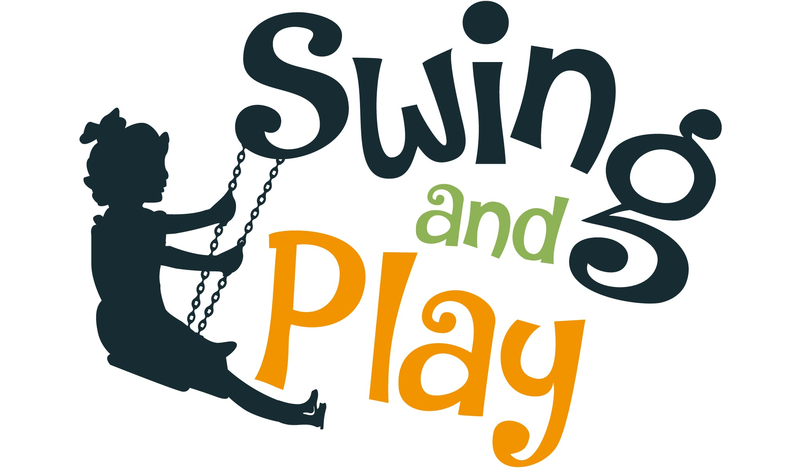Trampoline buying guide
Posted by Swing and Play on

Choosing your trampoline
So you're considering purchasing a trampoline...Yey! So much fun ahead. By the time you've read this post you'll be almost ready to bounce!
Below are a few points to consider when choosing:
-
A galvanised steel frame will guard against rust – if it’s galvanised inside and out, even better. Look for a thick gauge of steel – the weight of a trampoline will be a good indicator of this (the heavier, the better).
-
When it comes to springs, longest is best! Longer springs typically mean a bigger bounce. Springs that are coated with zinc helps to protect against rust for long-lasting play.
-
On larger trampolines, a welded leg and frame joint is often a weak point, so it’s a good idea to look for versions with extra reinforcements in this area such as clamps or brackets.
-
Trampoline enclosures are essential for safe jumping and garden trampolines. A strong enclosure net will catch bouncers if they fall. You might want to choose a model with an enclosure that has a top rim for reinforcement – the top rim stops unsightly sagging and looseness in the net.
-
Lots of modern trampoline enclosure designs provide a barrier between the jumper and springs, giving extra protection for little fingers and toes.
-
Safety pads cover the springs and frame parts and help to protect bouncers as well as spectators. Choose a version with thick padding and weather proofing and it’ll last longer too.
-
Want a long lasting trampoline? Look for words such as ‘galvanised steel’, weather protection and UV treatments - these technologies are all designed to keep your trampoline tip top for longer.
-
Consider the age of the users. Large ‘traditional’ trampolines aren’t suitable for little ones under six years old, as they have a bigger bounce and are required to be higher from the ground.
-
Junior Trampolines are designed to help little ones to build up their jumping confidence until they’re ready for the real thing.
Choosing the right size
-
Photographs can be deceiving and you will need to allow enough space for the trampoline as well as a 2metre safety perimeter around the edge.
-
It’s a good idea to map out the area of the trampoline using a hosepipe before you buy to make sure you’re happy with the size.
-
Consider the age of your children when looking for a trampoline. Lots of large trampolines are only suitable for older children aged six and over, due to frame height that they need. For little ones, take a loot at the smaller junior trampolines, they provide a safe and secure way for children to learn to bounce until they’re ready for the real thing.
View our range of fantastic trampolines here
